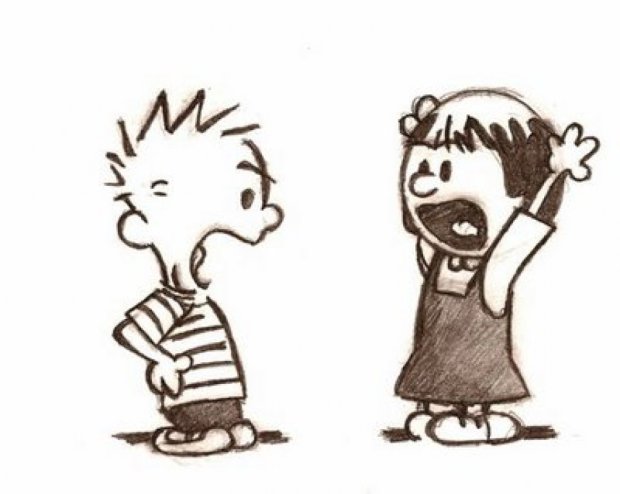Find a cube-shaped object near you and pick it up. How many faces can you see? No matter how you turn it, you can only see a maximum of three faces at a time. To see each of the six faces of the cube, you must look at the cube from different perspectives.
If we can only see half of the faces of a simple cube, then what about people? Too often, we judge people by the one face that we can see at a given time. Assumptions are made about their intentions and motivations, and the miscommunication drives wedges between relationships. We assume that the waiter was rude to us, without considering that they may be exhausted from a double shift. We assume that our partners are being selfish or stubborn, without considering what past traumas and experiences may be pushing them to act a certain way. We lament how much pain other people cause us, without giving a thought as to why that person is acting that way, or how they might be feeling.
This is because we instinctively want to protect our own feelings, by becoming defensive and blaming others. But this is a great barrier to connecting to other people. How can we even begin to understand another person if we refuse to budge from one point of view, seeing only a few facets of their identity and persona?
You cannot solve a Rubik’s cube if you only look at half of its faces. If you want to develop a deeper connection with someone, you must make an effort to see things from different perspectives so that you can appreciate who they are in their entirety.
A very important element of emotional intelligence is the ability to recognise why you or another person are feeling a certain way and explore it rationally. If you feel hurt by someone’s actions, avoid jumping to conclusions and instead try to see it from another perspective. Why might this person be acting this way? How are their emotions and past experiences shaping their actions? Which faces of that person are you not seeing from your current point of view?
The ability to change your perspective is a difficult, but powerful social tool. The more you practise this skill, the more misunderstandings you will clear up and the less you will be hurt by other people by accident.










